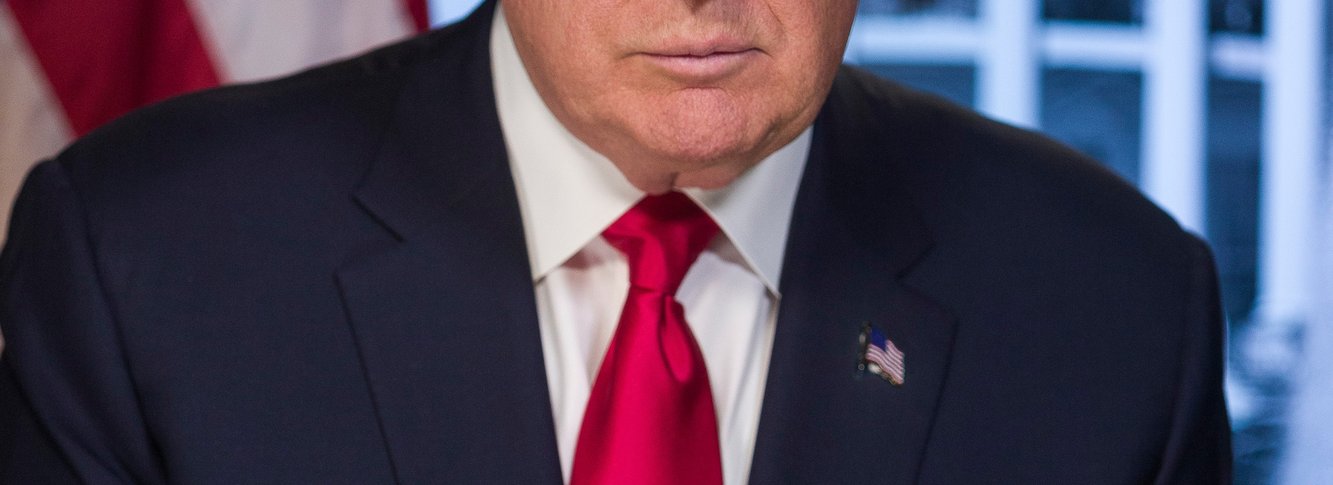| 7 mins read
In June 1999, Fred Trump Sr., a successful builder and rentier in New York City, died aged ninety‐three. He left his near $1 billion fortune to his four surviving children, with token legacies to his seven grandchildren.
When Mary Trump read her grandfather’s will, which required the signatures of all beneficiaries to be released for probate, all the injustices she had received from her father’s family came to a head – Fred Trump Sr. had ‘disinherited’ her dead father Fred Jr.
Determined to force the Trump family to acknowledge their dead father, and to get what they saw as their fair share, Mary Trump and her brother Fritz refused to sign. They hired lawyers and contested the will. A settlement was reached and the Trump circus moved on. So, it seemed, did she.
Rewriting Trump's history
In 2017, however, a reporter from the New York Times called at Mary Trump’s house and asked for help with an investigation into Donald Trump’s finances; a story that would, as the reporter put it to her, “rewrite the history of the President of the United States”.
It was then that Mary Trump realised that she could, “make a difference after all”. Finally realising that nothing she could have done would have attracted her grandfather’s attention or love, or give her father his due, she still felt, she says, “that only a grand gesture would set it right. It wasn’t enough to volunteer at an organisation helping Syrian refugees. I had to take Donald down.”
This confused passage, which mixes up family history with a wider motive, is the key to Mary Trump’s subsequent conduct and to this book. In the first place, she provided the New York Times with the financial and legal records from the 1999 lawsuit. These were the basis of the 2018 New York Times article, which illuminated the murky world of Donald Trump’s real estate and casino empires, and showed that, far from being a successful businessman, he had floated his career and fame on $415 million of his father’s money.
In the second place, Mary Trump wrote this book as a vindication of her father and a portrait of her uncle. She can’t, she says, let Donald “destroy my country”. The real well‐spring, though, is not political; it is personal: “Donald, following the lead of my grandfather and with the complicity, silence, and inaction of his siblings, destroyed my father.”
At home with the Trumps
Mary Trump’s take‐down of her uncle makes for great reading, much of it now familiar. A gallery of loveless and abusive grotesques is paraded before us: Fred Sr., the sociopath; Mary MacLeod, his refrigerator‐mother wife; his children – Donald, the bullying, lying narcissist; Elizabeth, Robert and Maryanne, not much better.
Then there is Fred Jr., Freddy, Mary Trump’s father. Freddy was the necessary failure against whom Donald modelled success. Fred Jr. is destroyed by his family and by alcohol; by the end he seems to have been not much kinder to his wife and children than he was to himself. Mary Trump loved her father, and wants us to know him, but her book has an air of sadness because she fails in this resolve.
Gripping though this book is, it remains at heart a family story and not the clarion call that Mary Trump declares it to be.
"I am your voice"
The book offers clues as to why so many ordinary voters felt a strong emotional connection to a man who had no real interest in them, and whose gilded life had never borne any relation to theirs.
In his acceptance speech at the Republican National Convention in Ohio in 2016, Trump declared, “The people that have been ignored, neglected and abandoned … these are people who work hard but no longer have a voice”. Then he went on, to louder and louder cheers, “I am your voice” – binding his supporters to him as the embodiment of their pain.
Trump’s ‘I am your voice’ claim was grotesque, but it was also in one sense true. Trump did understand the angry loneliness of his supporters. He connected with their sense of neglect because it was something, as Mary Trump shows, that he knew as a child.
This emotional congruence went both ways. Though circumstance could never speak to circumstance, an existential fear was shared. Trump tapped into the emotional drivers of a great proportion of his voters and they, in turn, tapped into his. What he gave them was never a voice; but it was a moment when they felt heard and, sometimes chillingly, empowered to act.
A great many Americans are poor: 20 per cent of households have zero or ‘negative wealth’, meaning they live all the time in debt. In this incredibly rich nation, millions live in fear of economic failure, with little safety net to catch them. Trump knew the fear of ending up at the bottom of heap, as Freddy had. To struggling voters – mainly, but not all, whites; mainly, but not all, men – he said, implicitly, that he would maintain their place in the pyramid. For this reason, Trump could not concede the election: it had shown him up as a loser, abandoned and unloved.
A psychic home
There is not much about Donald Trump in this book that is a surprise; at most it adds some family details and vignettes to a familiar analysis. What Mary Trump does succeed in, however, is giving us these clues to Donald Trump’s success.
This is important: first, because Trumpism may not go away and second, because, if it does, it still leaves millions of Americans looking for a psychic home. How to restore meaning to the lives of those who felt emotionally connected to Donald Trump, and to similar voters in other nations: that’s the challenge faced by those who do not want to see his like in power again.
Too Much and Never Enough. How my Family Created the World’s Most Dangerous Man, by Mary L Trump is published by Simon & Schuster. 225 pp. £21.23.
Need help using Wiley? Click here for help using Wiley


